In this article, Rabbi Samuel Waldman discusses the miraculous process of caterpillars turning into butterflies, known as metamorphosis. This process is one of the most evident miracles of Hashem, transforming a simple caterpillar into a beautiful butterfly through an incredibly complex series of changes.
The few articles that BE”H I will be writing about the Monarch Butterfly (MB) will be fascinating. The MB is about a creature that Hashem made that ANYBODY who knows the details about its lifecycle can’t help but see the Miracle that Hashem has made. Truthfully, even the goyim have little choice but to see that it’s a miracle.
Now, MANY people may not even be aware that moths and butterflies actually start off as caterpillars! Even many adults don’t know this. (Ask people around you and see if they knew this, you will be surprised how many don’t know.)
In this article we will use the help of many pictures since it’s quite fascinating to see how the caterpillar grows slowly but surely, and then it turns into the butterfly or moth. We will first concentrate on the caterpillar stage. Although there are many thousands of different types of Butterflies, we have chosen the most famous one to write about. The Monarch Butterfly. We will explain later, in a future article, what’s unique about the Monarch Butterfly.
So, we will start with the MB laying its eggs. As you can see from the below picture, it lays its egg from the bottom of its body. You can’t see the full egg, but it’s coming out from where the arrow is pointing.
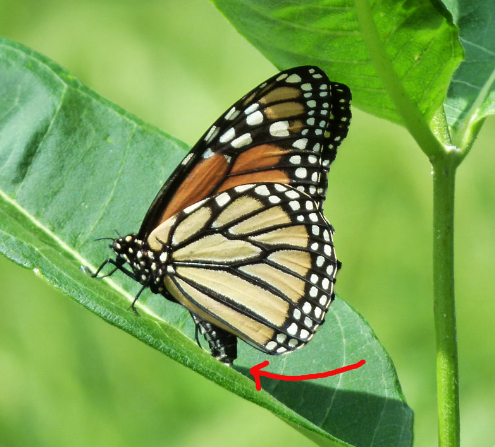
Here’s an Interesting point. Over 90% of all butterflies (when I write butterflies, I am also referring to moths as well) will only lay their eggs on one specific plant. If it can’t find that plant it won’t lay its egg. Hashem made it this way so that there isn’t too much competition for the caterpillars, food wise. In fact, if a caterpillar is put on to a different type of plant, it won’t eat. As voraciously hungry that they are, they won’t eat at all! How the butterfly knows which specific plant to lay its egg on in based on instinct. Hashem put it into each type of butterfly’s brain which plant it should lay its egg on, and the caterpillar that’s one minute old knows if it’s the correct plant or not! Just so you know, the MB lays its eggs just on the milkweed plant. The milkweed plant is somewhat poisonous (not to the MB) and that lingering poison keeps predators away.
Back to the egg. The top of the egg has a very small hole to allow in air and moisture and that helps the developing embryo to grow properly. Before she lays the egg, she is actually capable of making a chemical analysis to see if there’s enough water and nutrients in that leaf to sustain the life of the future caterpillar that will hatch in about 3-6 six days, depending on the temperature. (The warmer it is, the quicker it takes.) To check if the leaf is good enough, it will tap the leaf once or twice with its forelegs. On their 2 forelegs, each has 3 pair of tiny needles with which the Butterfly breaks the leaf’s surface. That causes the juices to come out of the leaf. At the tips of their antennae are smell sensors and they can SOMEHOW determine if that leaf is a good place to lay her egg. Ok, so now that it feels it’s a good place to deposit the egg, it lays it. Lo and behold, and a very strong glue is first placed on the bottom of the egg before it is laid! And the glue is waterproof so that if it rains it won’t dilute the glue and have the egg fall off. AH HA! Another creature that “somehow” knows about the concept of an adhesive glue, AND also knows how to make the glue, AND how to make waterproof glue as well! And the glue machine is in exactly the correct place in its body so that it can put the glue on the bottom of the egg, as it is going out of the butterfly! Another bunch of accidents for a change! The caterpillar will hatch from the egg and when it does it will be about one tenth of an inch long. As you can see, during the first stage of its growth, (there will be five stages) the caterpillar has a black head, and 3 pairs of true front legs and 5 pairs of what’s called prolegs. It has mouth parts and a stomach, intestines, a heart, a brain, silk spinning glands and a spinneret (we will see later what they are for). On both sides of the head are three very simple eyes. They see very poorly, they can just tell the difference between light and dark, and they can’t see in color at all.
The size of the egg is the size of a pin head.
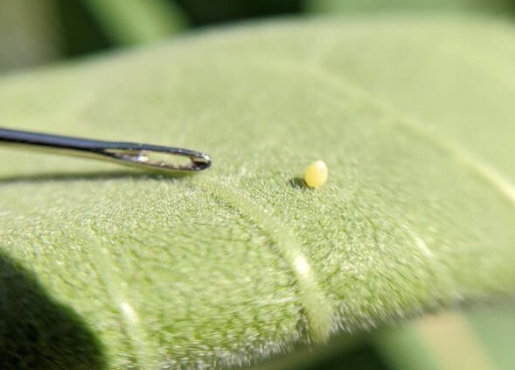
Up close look of the egg.
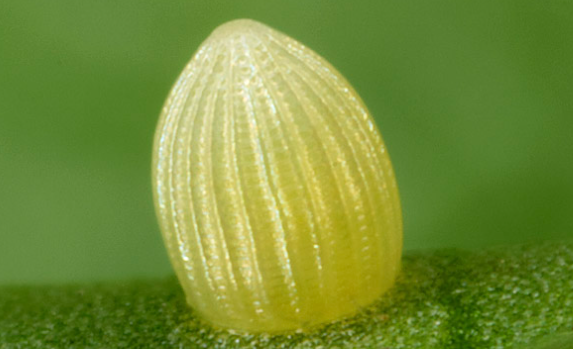
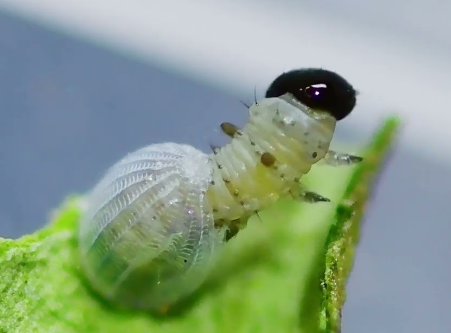
Baby Monarchs as they leave the shell (and start to eat up their shell as their first meal.
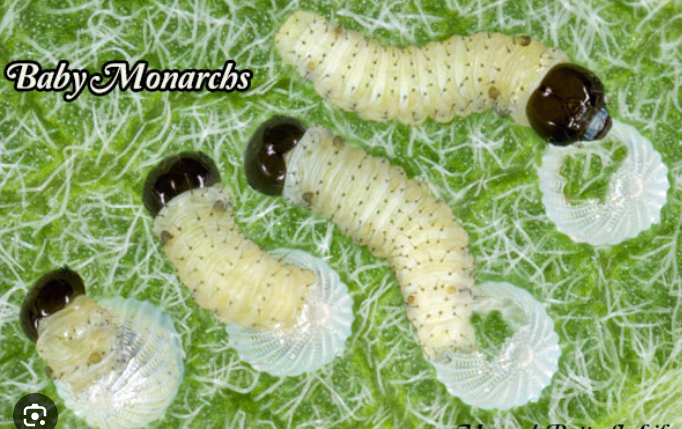
In this article we will now explain the 2 different types of legs that the caterpillar has. In the front of the caterpillar are what’s called the front clasper legs or the true legs. (What’s funny is that they are NOT the legs used for moving around (locomotion) so I don’t know why they are called true legs.) The prolegs, at the middle and back of the caterpillar are the legs that are much more involved with their locomotion. And truthfully, in some ways both set of legs don’t really move the caterpillar around. How’s that you ask? Since what really moves them around is the very strong, slow pulsating muscular movements that move from the back of the caterpillar, going up and down in a wavy fashion, through the whole caterpillar, all the way to the front, and that’s what really moves it. The prolegs just gives it a very strong footing on the branch or leave that it is on, and they move forwards as these muscles pulsate. The front clasper legs are more for sensing what’s around them and not really used for keeping its footing. Half the time they are dangling upwards in the air, swaying from side to side. The prolegs have these baggy, cushiony structures that acts somewhat like legs. On the bottom of the prolegs, on the edges at the tips is a structure called a Crochet. You can see them in the below pictures – they are brown looking hairs closest to the stem that it’s on. These brown hairs aren’t hairs, they are outward facing/curving, hook like pieces! They work like Velcro and with these hooks they can attach the legs to leaves and twigs very firmly. They have special muscles to help release their strong grip when they want to leave go of their grip. There are also Planta Hairs which you can see in the picture as black dagger looking hairs. These have sensory nerves that also detect what is going on underneath them and around them. Obviously, it’s much more complicated than we have written, but for our purposes it’s enough. There’s much, much, more left to write about. IY”H we will do so in the next few articles.
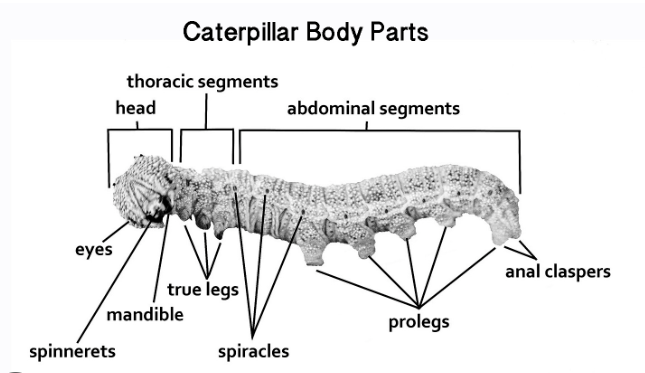
The prolegs have suction cups and hooks and other things to give it a very tight grip on whatever it is on.
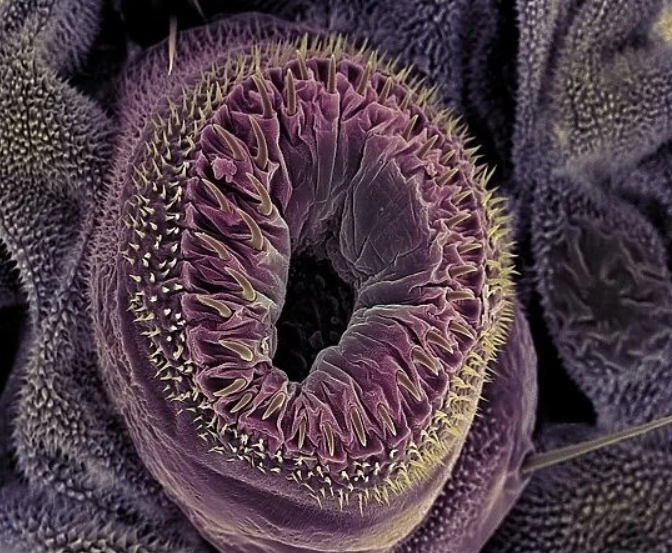
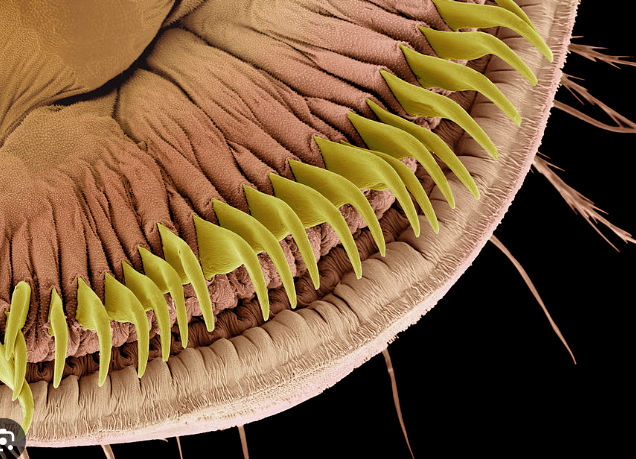

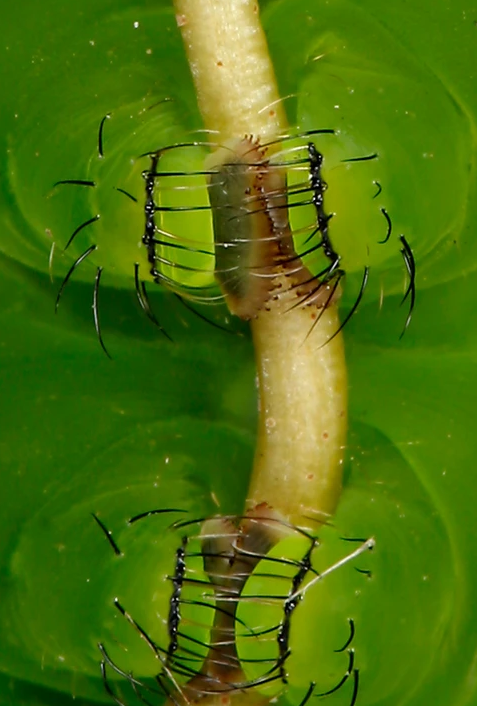
Rabbi Samuel Waldman marvels at the wonders of Hashem’s creation, noting the miraculous aspects of this process and promises future articles to explore the butterfly’s wings and migration, further revealing the intricate and wondrous design of nature.
Read the previous part of the article here.